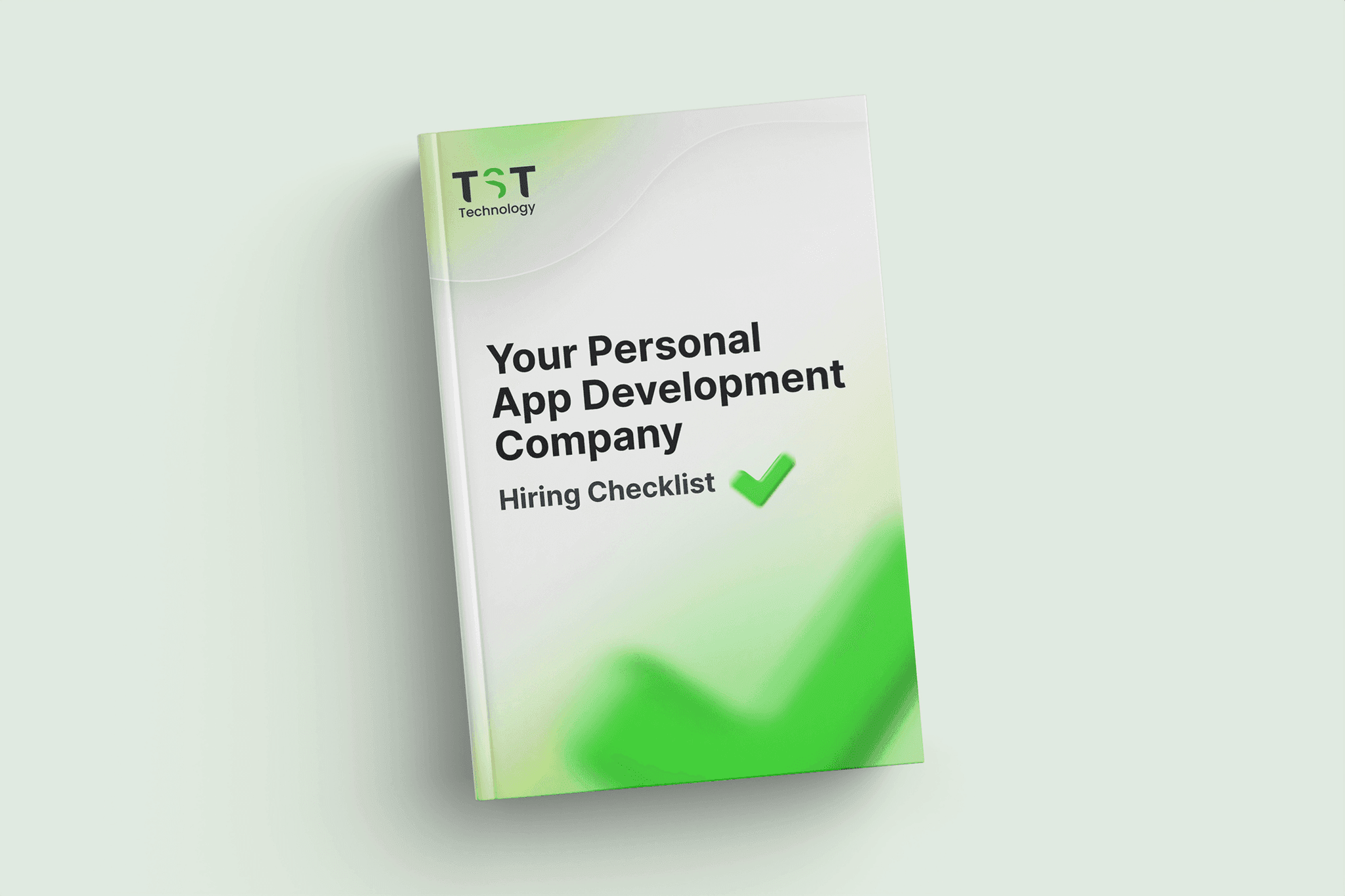Overview
Enhance your app development hiring process with our comprehensive App Development Company Hiring Checklist. This checklist is designed to streamline your search for the perfect development partner.
This step-by-step guide walks you through critical stages from defining project goals to finalizing contracts and ensuring seamless collaboration. so you can avoid costly mistakes and hire with confidence.
Our checklist is ideal for startups, enterprises, and entrepreneurs seeking a structured, efficient approach to hiring an app development partner. Whether you’re launching your first app or scaling an existing product, this resource ensures you ask the right questions and prioritize transparency, quality, and accountability.
Pro Tip:
Customize the checklist to match your project’s unique needs, add industry-specific criteria, or adjust timelines to align with your business goals.
Download the checklist now via the link above, or Book a Consultation call to build an app that stands out.






